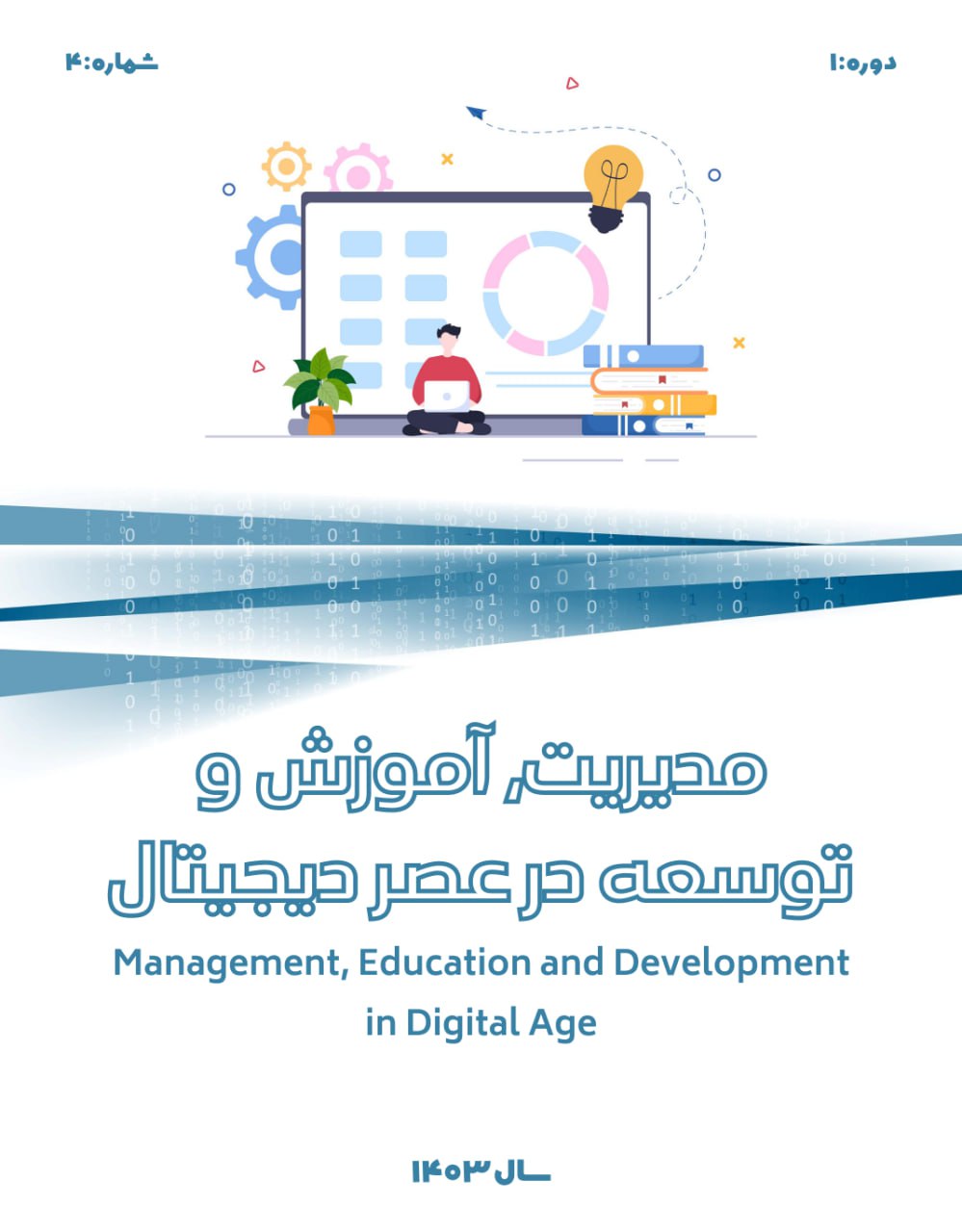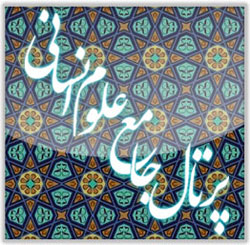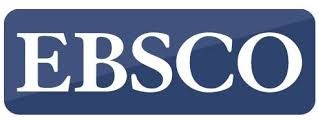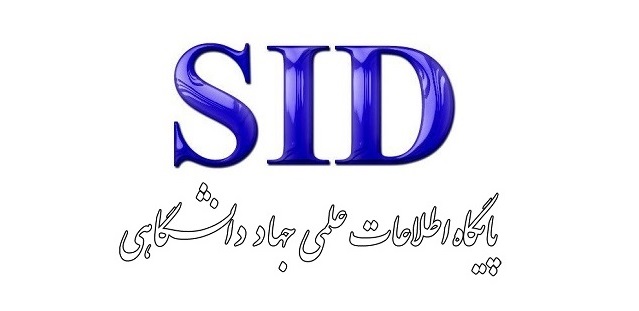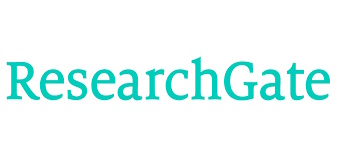شناسایی و تحلیل روابط علی عوامل مؤثر بر استقرار سازمان نسل دوم در وزارت ورزش و جوانان
کلمات کلیدی:
فناوریهای اجتماعی، سازمان نسل دوم، تحلیل دیمتل، تحلیل مضمون، وزارت ورزش و جوانانچکیده
این پژوهش با هدف شناسایی عوامل کلیدی مؤثر بر استقرار سازمان نسل دوم در وزارت ورزش و جوانان و تبیین روابط علی و معلولی میان این عوامل انجام شد. مطالعه حاضر با رویکرد آمیخته و طرح اکتشافی متوالی انجام گرفت. در بخش کیفی از تحلیل مضمون بر دادههای حاصل از مصاحبههای نیمهساختاریافته با ۱۵ خبره منتخب وزارت، اساتید دانشگاه و متخصصان فناوری استفاده شد. پس از استخراج عوامل، در بخش کمی از تکنیک دیمتل برای تحلیل روابط علی بین عوامل بهرهگیری شد. روایی و پایایی با انتخاب هدفمند خبرگان، اشباع نظری، تحلیل نظاممند و قضاوت گروهی تضمین شد. نتایج کیفی منجر به شناسایی ۱۰۰ مضمون پایه، ۲۰ مضمون سازماندهنده و ۹ مضمون فراگیر شامل تحولگرایی فناورانه، هوشمندی سازمانی، پویاییهای اجتماعی، ساختارهای زمینهای، ناهمخوانی فناورانه، نظامهای پشتیبان، ظرفیتسازی سازمانی، چابکی و همپیوندی سازمان و سازماندهی عملکرد شد. تحلیل دیمتل نشان داد پویاییهای اجتماعی، چابکی و همپیوندی، هوشمندی سازمانی و تحولگرایی فناورانه عوامل علّی (محرک) هستند، در حالیکه ساختارهای زمینهای، نظامهای پشتیبان، ظرفیتسازی سازمانی، ناهمخوانی فناورانه و سازماندهی عملکرد عوامل معلولی (تأثیرپذیر) محسوب میشوند. استقرار موفق سازمان نسل دوم در وزارت ورزش و جوانان مستلزم تمرکز بر تقویت عوامل پیشران، بهویژه پویاییهای اجتماعی، چابکی، هوشمندی و تحولگرایی فناورانه است تا بر چالشهای ساختاری و زمینهای غلبه شود و بستر نوآوری، مدیریت دانش و مشارکت مؤثر ذینفعان فراهم گردد.
دانلودها
مراجع
Azarian Sousahab, M., Kashef, S. M., Behnam, M., & Badri Azarin, Y. (2020). The Effect of Open-mindedness on Radical Innovation Through Social Networks and Organizational Learning in Private Clubs of the Iranian Football Premier League. Sport Management Studies, 12(63), 113-138. https://smrj.ssrc.ac.ir/article_2040_en.html
Camngca, V. P., Amoah, C., & Ayesu-Koranteng, E. (2024). Underutilization of information communication and technology in the public sector construction project's implementation. Journal of Facilities Management, 22(1), 1-20. https://doi.org/10.1108/JFM-10-2021-0128
Carvalho, T. H. C. S. (2024). Blockchain technology in football: A new way to keep fans engaged? (Master's thesis, Universidad Nova de Lisboa) https://run.unl.pt/handle/10362/166275?mode=full
Das, S., Manna, M., & Modak, S. (2024). HR 2.0: Transformative Strategies for Small and Medium Enterprises. In Innovative Human Resource Management for SMEs (pp. 277-287). https://doi.org/10.15210/hr.v29i2.27375
Faraj, S., & Leonardi, P. M. (2022). Strategic organization in the digital age: Rethinking the concept of technology. Strategic Organization, 20(4), 771-785. https://doi.org/10.1177/14761270221130253
Faruque, M. O., Chowdhury, S., Rabbani, G., & Nure, A. (2024). Technology Adoption and Digital Transformation in Small Businesses: Trends, Challenges, and Opportunities. International Journal for Multidisciplinary Research, 6. https://doi.org/10.36948/ijfmr.2024.v06i05.29207
Groenewald, C. A., Groenewald, E., Uy, F., Kilag, O. K., Rabillas, A., & Cabuenas, M. H. (2024). Organizational Agility: The Role of Information Technology and Contextual Moderators-A Systematic Review. International Multidisciplinary Journal of Research for Innovation, Sustainability, and Excellence (IMJRISE), 1(3), 32-38. https://risejournals.org/index.php/imjrise/article/view/167
Haji Zeinolabedini, M., & Khoshnoud Ghadim, S. (2022). Leveraging Web 2.0 Technologies in Knowledge Management: A Case Study of the Center for Government Management Training. Digital and Smart Libraries Research, 9(2), 69-84. https://lib.journals.pnu.ac.ir/article_9295.html
Hamedi, S. H., Sardari, A., Naami, A., & Norouzi, M. A. (2023). Identifying the Dimensions and Components for Adoption of Social Customer Relationship Management Systems by Professional Users Using Web 2.0 Technology. Value Creation in Business Management, 3(2), 1-19. https://www.jvcbm.ir/article_176675_en.html
Kwok, A. O. J., & Koh, S. G. M. (2018). Is blockchain technology a watershed for tourism development? Current Issues in Tourism. https://doi.org/10.1080/13683500.2018.1513460
Lau, E. K. W. (2024). Knowledge Management and Web 3.0. International Conference on Knowledge Management in Organizations, Cham. https://doi.org/10.1007/978-3-031-63269-3_31
Mubarak, M. F., Jucevicius, G., Shabbir, M., Petraite, M., Ghobakhloo, M., & Evans, R. (2025). Strategic foresight, knowledge management, and open innovation: Drivers of new product development success. Journal of Innovation & Knowledge, 10, 100654. https://doi.org/10.1016/j.jik.2025.100654
Mubarakh, C., Miswanto, M., Siregar, B., Biyanto, F., & Kartika, F. (2025). The Strategic Role of Knowledge Management in Mediating the Relationship Between Servant Leadership and Organizational Value. International Journal of Research and Innovation in Applied Science, X(I), 335-352. https://doi.org/10.51584/ijrias.2025.1001027
Ne'mati, F., & Heydari, M. (2021). Improving Employee Agility Through Organizational Social Media with the Mediating Role of Psychological Conditions. Quarterly Journal of Management and Sustainable Development Studies, 1(3), 141-170. https://www.researchgate.net/publication/322175481_Improving_the_agility_of_employees_through_enterprise_social_media_The_mediating_role_of_psychological_conditions
Nowdeh Farahani, E., & Kazemi Takmili, M. (2023). Policy Ideas, Goals, and Structures of the Comprehensive Youth Institution in Iran. Quarterly Journal of Culture Strategic Studies, 3(1), 9-43. https://www.sid.ir/paper/1121810/en
Omrani, A., & Teimouri Kish, E. (2024). Sample Test Questions, Documented and High-Frequency, for the Recruitment of Sports and Youth Experts. Saman Sanjesh Publications.
Patwary, A. K., Parvez, M. O., Awang, Z., & Bidin, M. F. B. (2024). Navigating Financial Performance in the Culinary Industry: Does Web 2.0 Matter? Journal of Culinary Science & Technology, 1-19. https://doi.org/10.1080/15428052.2024.2361693
Salem, S. (2019). A proposed adoption model for blockchain technology using the unified theory of acceptance and use of technology (UTAUT). Open international journal of informatics, 7(Special Issue 2), 75-84. https://oiji.utm.my/index.php/oiji/article/view/80
Szydłowska, J., & Swacha, J. (2024). Mapping Areas of ICT Application for Sustainable Management. In Adoption of Emerging Information and Communication Technology for Sustainability (pp. 68-86). CRC Press. https://doi.org/10.1201/9781003316572-5
Velandia Pacheco, G., Escobar Castillo, A., & Garzón Castrillón, M. (2023). Organizational Self-recognition Process: Web 2.0 as an Extended Environment to Observe Identity Projection. World Conference on Qualitative Research, Cham. https://doi.org/10.1007/978-3-031-31346-2_10
Wang, Y., & Teo, P. C. (2024). Stressor-Strain-Outcome (SSO) Model in the Context of Enterprise social media Researc. 13(8), 1-8. https://kwpublications.com/papers_submitted/8595/stressor-strain-outcome-sso-model-in-the-context-of-enterprise-social-media-research.pdf
Wong, D. M. L. (2020). Individual Use of Enterprise 2.0 and its Impact on Social Capital within Large Organizations https://civilica.com/doc/262706/
Zein, R. M., & Twinomurinzi, H. (2022). Perspective Chapter: Actor-Network Theory as an Organizing Structure for Blockchain Adoption in Government. In Blockchain Applications-Transforming Industries, Enhancing Security, and Addressing Ethical Considerations. Intech Open. https://www.intechopen.com/chapters/83390
دانلود
چاپ شده
ارسال
بازنگری
پذیرش
شماره
نوع مقاله
مجوز
حق نشر 2025 کمال بیدخ, مژگان خدامرادپور (نویسنده); مظفر یکتایار

این پروژه تحت مجوز بین المللی Creative Commons Attribution-NonCommercial 4.0 می باشد.

